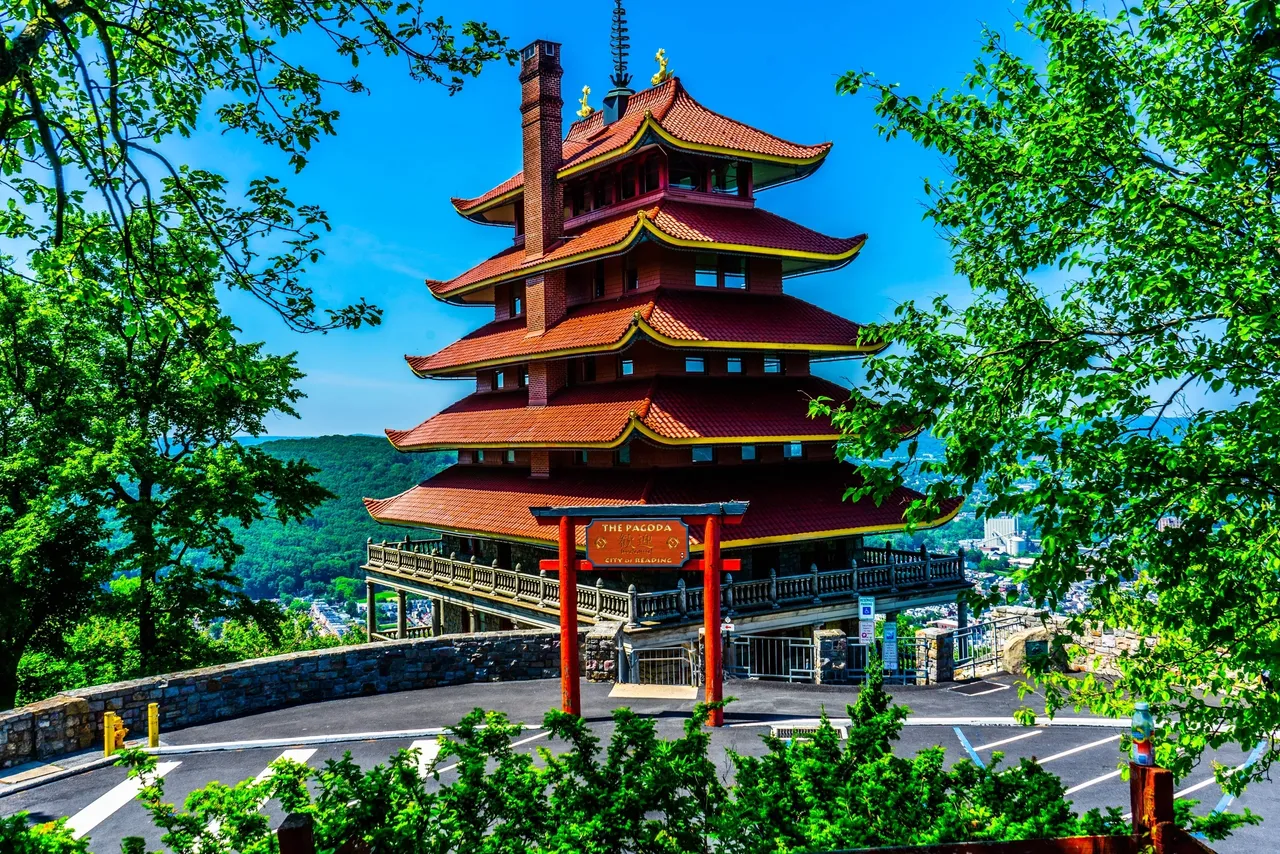It’s a poignant reality that some of the most grand and magnificent buildings from our cities’ pasts exist now only in photographs and memories. Time, war, natural disasters, and neglect all contribute to their ultimate destruction. While some lost architecture succumbs to the demands of public development, much of it vanishes despite community pleas for preservation. These losses leave indelible marks on our cities, occasionally sparking new laws and mandates for architectural preservation that echo for centuries. Join us as we delve into some of the most iconic and fiercely contested pieces of lost architecture from around the world.
Pennsylvania Station in New York

One of the most fiercely contested and mourned losses in architectural history is the original Pennsylvania Station in New York City. Erected in 1910, this Beaux-Arts masterpiece served as a grand gateway to the bustling metropolis, embracing travelers with its majestic classical columns, pink granite façade, and soaring ceilings. Tragically, in 1963, it met its demise to make way for the unsightly Madison Square Garden and Two Penn Plaza. The public outcry that followed sparked the enactment of the New York Landmarks Law, which preserved many future architectural treasures and ignited widespread interest in architectural preservation across the city. A newly renovated Pennsylvania Station reopened its doors in late 2020, a testament to the enduring importance of preserving our architectural heritage.
London’s Crystal Palace

London’s Crystal Palace, constructed for the Great Exhibition of 1851, often hailed as the first World’s Fair, stands as an enduring symbol of architectural ingenuity and industrial prowess. Designed by Joseph Paxton, this monumental structure, crafted from cast iron and sheet glass, represented a triumph of engineering during the heyday of the industrial revolution. Stretching an impressive 1,851 feet (564m) in length and soaring 128 feet (39m) high, it dwarfed even the iconic St. Paul’s Cathedral, embodying a new era of progress and innovation.
The Crystal Palace was not only a venue but also a showcase of cutting-edge technology, housing 14,000 exhibitors and dazzling spectators with its vast expanses of plate glass—an architectural marvel unprecedented in scale. Regrettably, in 1936, tragedy struck as fire engulfed the Palace, reducing this remarkable structure to ashes and forever etching its memory in architectural history.
Cornelius Vanderbilt II House

The Cornelius Vanderbilt II House, commissioned for the eldest grandson of the renowned business magnate, stood as a testament to opulence and grandeur upon its completion in 1883. Situated at the intersection of Fifth Avenue and 57th Street in New York City, it claimed the title of the largest private residence in the city and remains unmatched to this day. With a staggering 130 rooms, the mansion was a bold statement of wealth, constructed by Vanderbilt to outshine his rivals.
Spanning an entire city block, the seven-story mansion, accompanied by a stable and private garden, epitomized extravagance. However, tragedy struck when the owner suffered a debilitating stroke, leading to his premature death just sixteen years after the home’s completion. Unable to maintain the colossal estate, it was eventually sold to developers a mere forty-three years after its construction.
Today, where the magnificent Cornelius Vanderbilt II House once stood, the Bergdorf Goodman department store now occupies the space. However, the legacy of the property lives on through its gates, which now adorn the entrance to the Conservatory Garden in Central Park, serving as a poignant reminder of a bygone era of wealth and excess.
The Pagoda

Dubbed ‘The Pagoda’ for its resemblance to traditional Asian architecture, the Jorba Laboratories building, crafted by architect Miguel Fisac, stood as a striking example of rationalist design. Situated just outside Madrid, the laboratory campus boasted square, staggered floors, ingeniously stacked to create a structure that revealed different facets depending on the interplay of light and time of day.
Regrettably, in 1999, developers opted to replace this architectural gem with a larger building, citing financial considerations. Despite widespread public outcry, the original ‘Pagoda’ met its demise, marking the end of an era for rationalist design and architectural innovation in the region.
Imperial Hotel in Tokyo

Frank Lloyd Wright’s Imperial Hotel in Tokyo stood as a remarkable testament to his architectural genius, showcasing his signature style on a scale seldom seen beyond the private residences of the American Midwest. Influenced by the contributions of his apprentice and associates—Arata Endo, Marion Mahony, and Walter Burley Griffin—the Imperial Hotel epitomized the Maya Revival Style, incorporating a distinctive pyramid-like structure and ornate Mayan motifs.
Opening its doors in 1922, the hotel endured a trial by fire just a year later when a massive earthquake rocked central Tokyo, miraculously sparing the Imperial Hotel from destruction. However, the passage of time brought its own set of challenges, with the hotel enduring damage during World War II and eventually succumbing to neglect and decay.
In 1967, the decision was made to demolish the hotel in favor of a high-rise replacement, marking the end of an era for Wright’s architectural masterpiece. Nevertheless, a poignant tribute to the Imperial Hotel’s legacy lives on at the Meiji-Mura Museum near Nagoya, where the entrance courtyard of Frank Lloyd Wright’s Imperial Hotel has been meticulously recreated, allowing visitors to experience a glimpse of its former grandeur.

